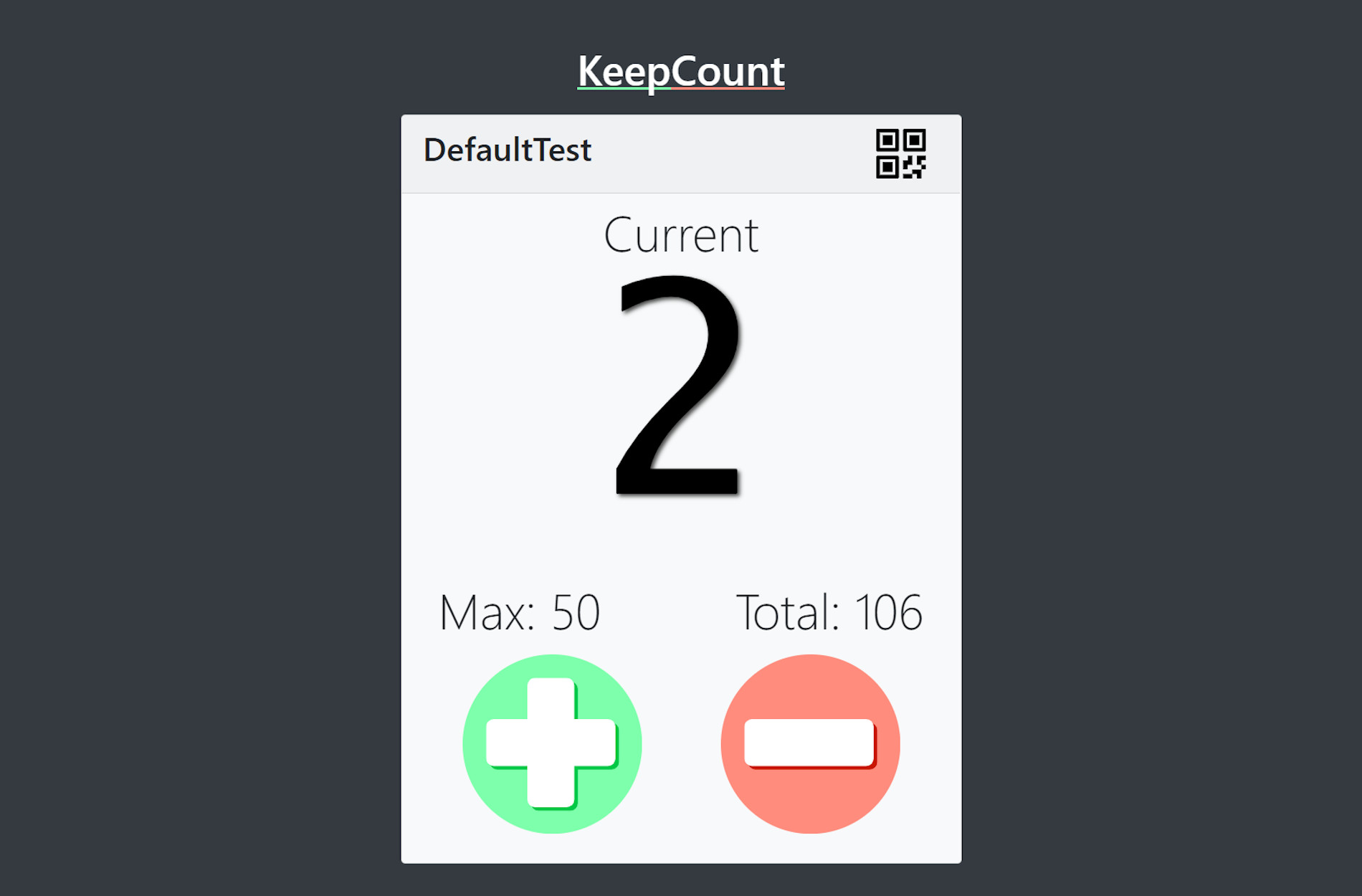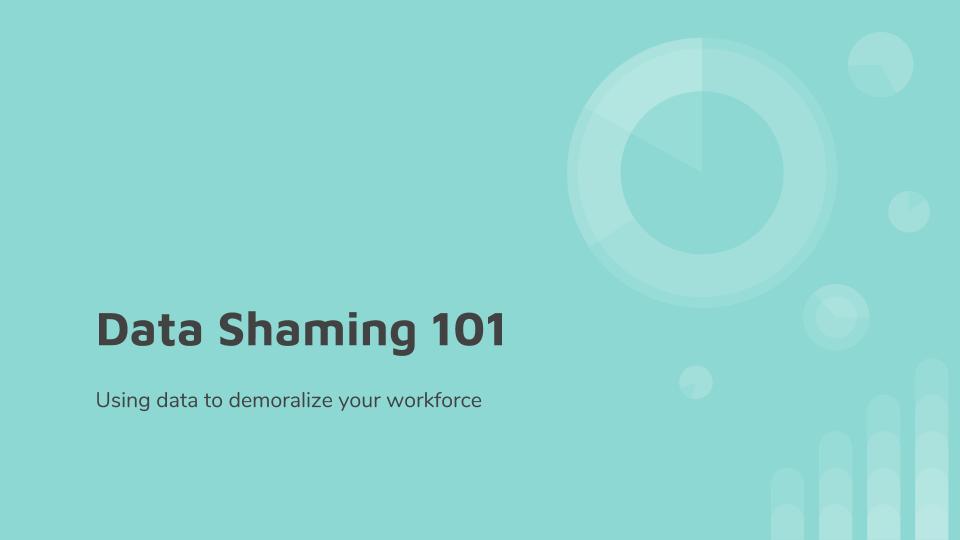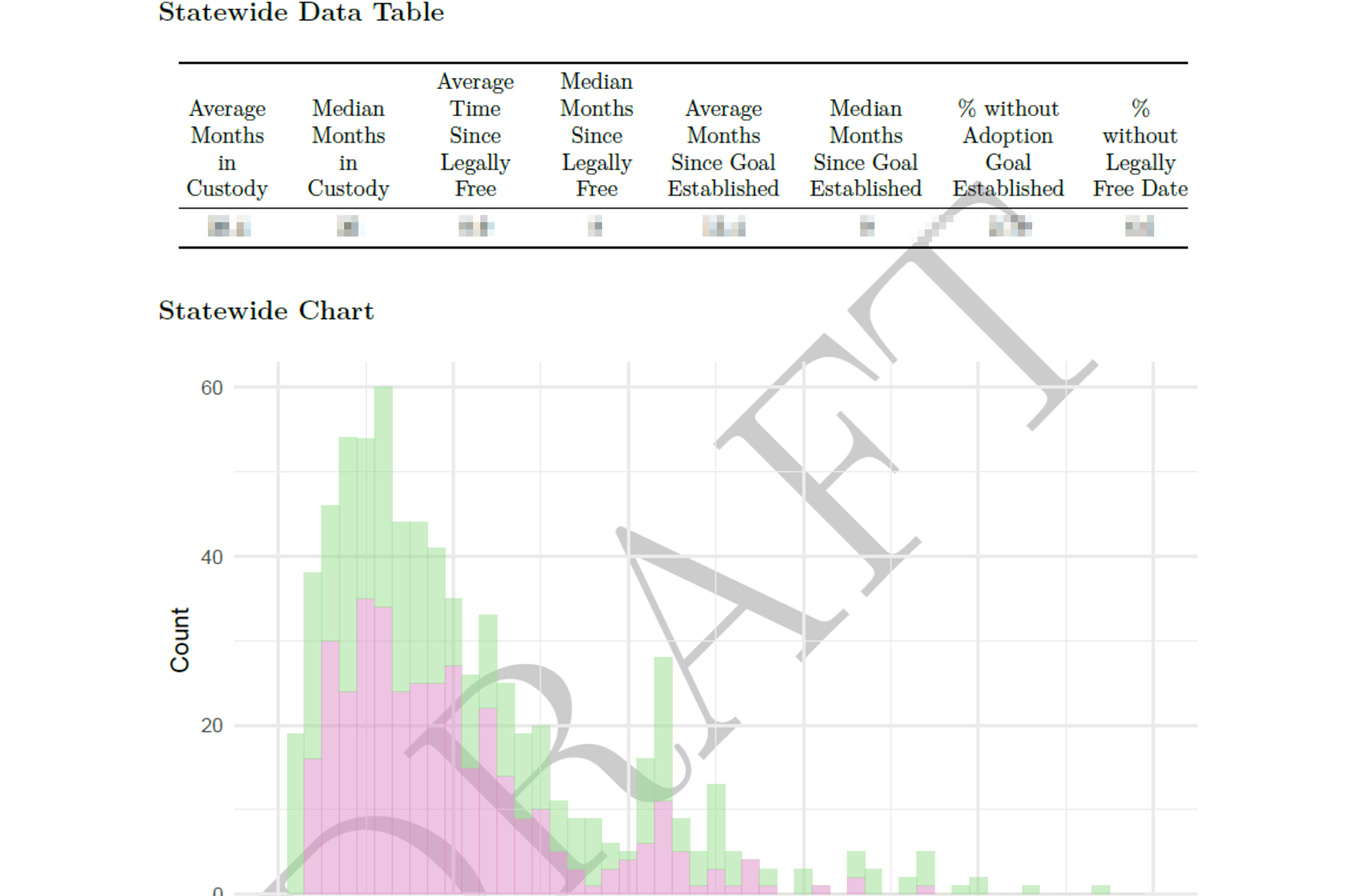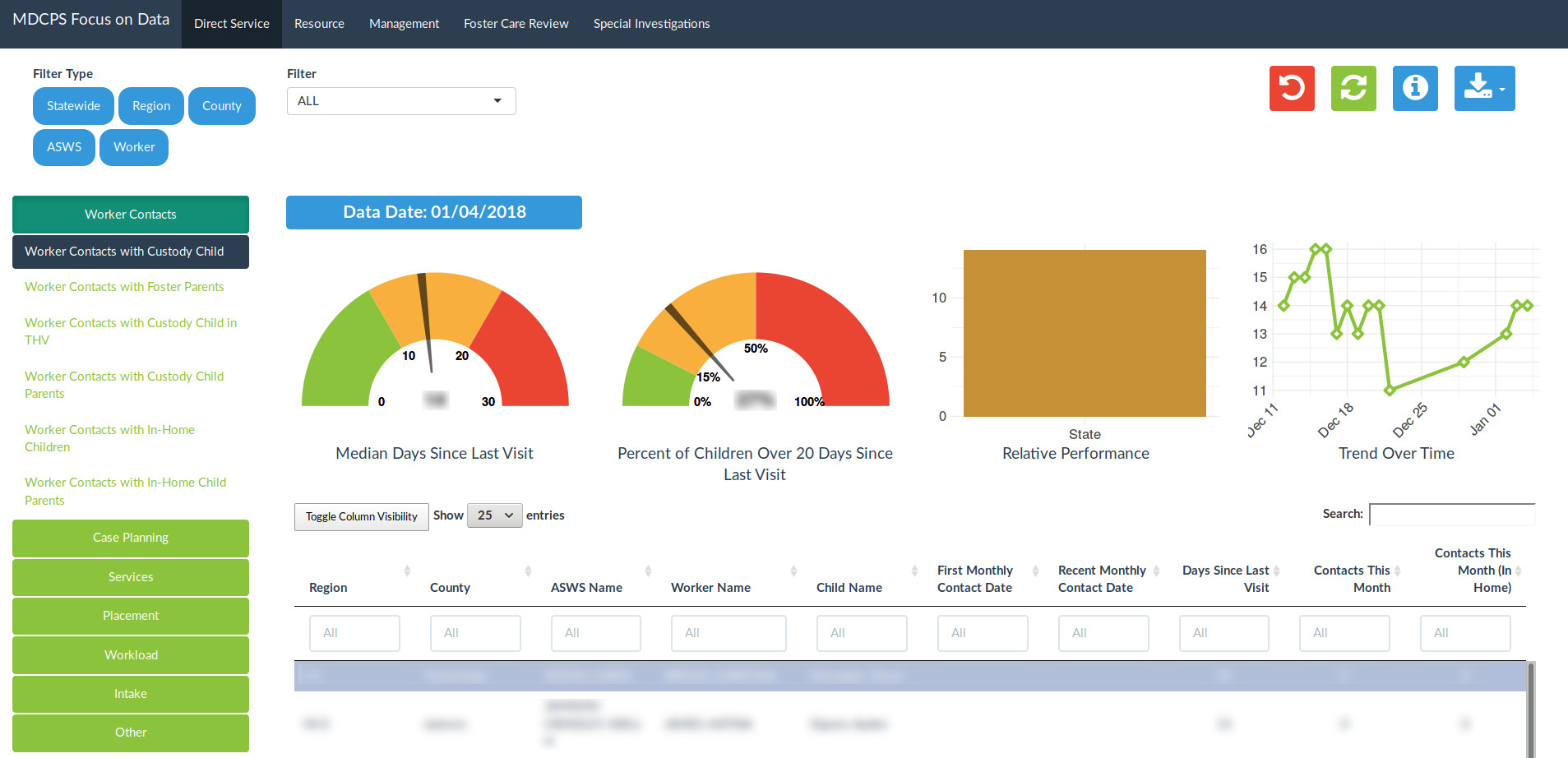KeepCount
KeepCount was the result of a side project that ended up being used as a work project whose lessons-learned got applied to another side project. Relatively short, strange, trip. The real beginning was my desire to pick up Django, a Python web framework that I would strongly recommend, as a new skill. In doing so, I wanted a project setup that I could easily test, replicate, and deploy into a production environment at need.




